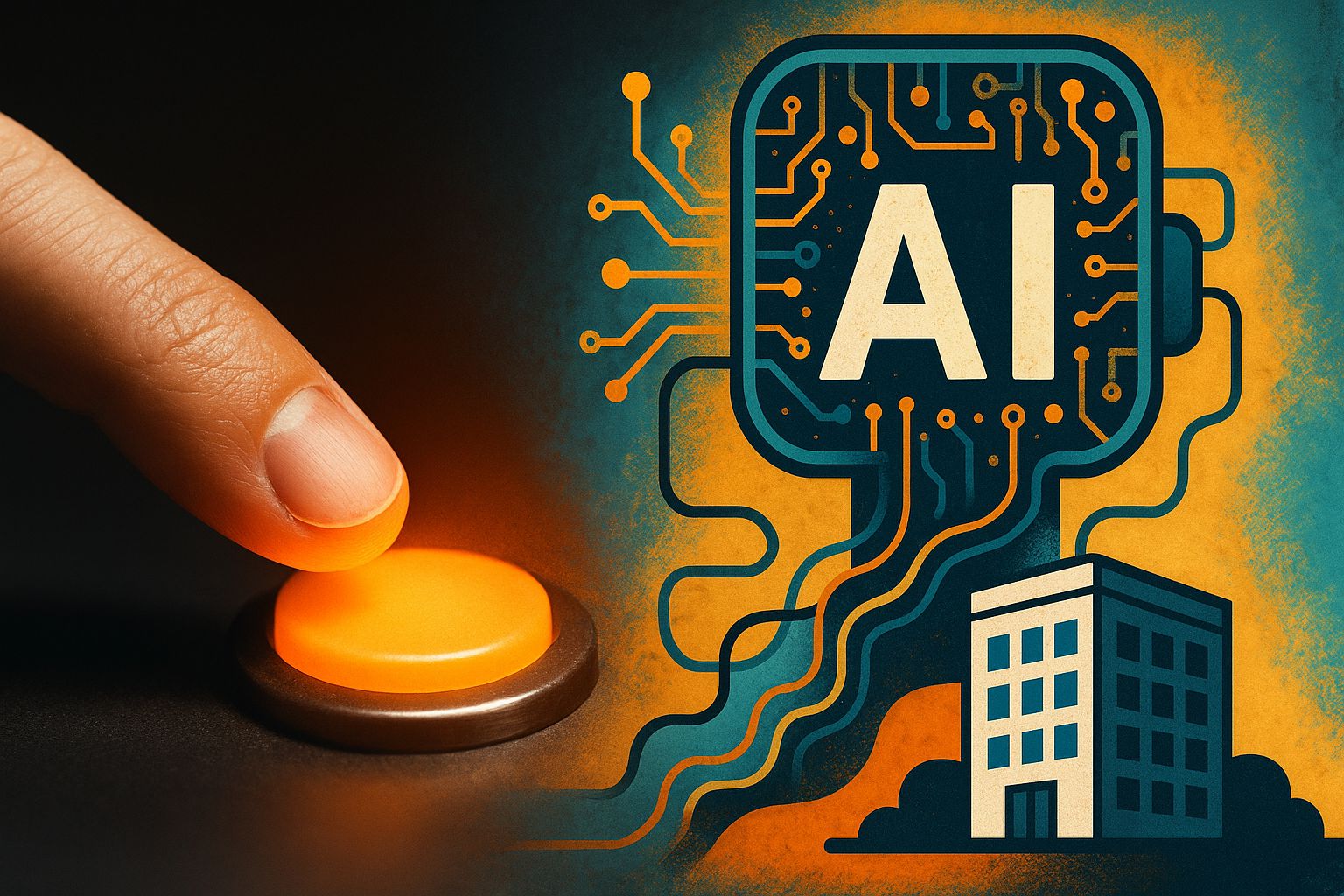- The Midas Report
- Posts
- BNY’s In House AI Powers 96 Percent of Its Global Workforce
BNY’s In House AI Powers 96 Percent of Its Global Workforce
4 min read.

Bank of New York Mellon, now branding itself as BNY, has unveiled that its internal AI platform, Eliza, is used by 96 percent of its global workforce. Adoption grew swiftly. During fiscal year 2024, 36 percent of employees used the system, and that figure jumped to widespread adoption by the first half of 2025. Eliza now empowers nearly every individual at the bank to serve clients better and drive higher value outcomes.
CEO Robin Vince called this a strategic investment rather than a cost save. He emphasized that AI is meant to unlock capacity, allowing employees to focus on high value work.
🤖 What Eliza Actually Does Day to Day
The Eliza platform functions as a powerful digital assistant embedded in employee workflows. Staff can deploy agents to perform routine tasks such as payment validation, code patch generation or generating briefing memos. BNY has even created dedicated AI personas for code review and payment processing, with each persona integrated into relevant teams via standard company logins.
These AI agents operate like employees. They log in, access applications, handle tasks autonomously, and report to human supervisors. The bank plans to extend their access soon to email and collaboration tools like Microsoft Teams. CIO Leigh‑Ann Russell described this as the next level, predicting significant expansion within months.
🚀 How BNY Is Gaining Momentum
Eliza is already showing tangible returns. BNY recorded record sales in consecutive quarters, with Q2 revenue surpassing $5 billion and increasing 9 percent year over year. Leadership directly linked growth to AI powered transformation and improved operational capacity.
Meanwhile, the bank is strategically combining AI with its digital asset services. Partnerships with Societe Generale and Ripple include Eliza integration with stablecoin reserve management. At the same time the bank is executing a multiyear deal with OpenAI to enhance Eliza’s backend with cutting edge models like Deep Research and Operator.
🧭 What This Means for Business Leaders and Builders
BNY’s broad AI rollout offers a powerful example of enterprise transformation for several types of organizations. Business leaders driving digital change should take note of how BNY scaled internally while preserving human oversight and compliance. This approach shows it is possible to accelerate teams without cutting staff.
Product leaders can build internal agents for onboarding, compliance, financial reporting or client service. Independent developers or consultancies can offer integration services that replicate BNY’s AI success within smaller firms. And fintech startups may view Eliza’s expansion and OpenAI partnership as a signal that AI centric financial platforms are now enterprise grade.
📊 Core Comparison Table
Feature | What BNY Does | What Other Firms Often Do |
|---|---|---|
Employee Adoption | 96 percent across global staff | 20 to 60 percent in pilot programs |
AI Access | Logins and application integrations | Limited chatbots or siloed agents |
Agent Autonomy | Own accounts, code fix and payment validation | Workflow triggers only |
Human Oversight | Assigned AI handlers and email access coming | Supervision varies widely |
AI Partner Network | OpenAI backend and stablecoin partnerships | Mostly internal or limited pilot models |
⚠️ What to Monitor Before You Follow BNY’s Path
BNY’s open hiring indicates the bank is not leveraging AI to replace roles but to boost efficiency. The exception is the AI team itself which is expanding internally. Governance and compliance remain essential given AI agents will gain access to critical systems and communications.
Keeping humans in the loop while enabling agent autonomy is BNY’s model. Other firms should plan for shared accountability, ethical guardrails and tech training to replicate this success.
📚 Sources
https://www.pymnts.com/news/artificial-intelligence/2025/bny-says-96percent-employees-use-in-house-ai-platform/
https://www.fastcompany.com/91360855/bank-of-new-york-mellon-leads-banks-in-deploying-ai-workers-as-full-time-employees
https://www.wsj.com/articles/digital-workers-have-arrived-in-banking-bf62be49